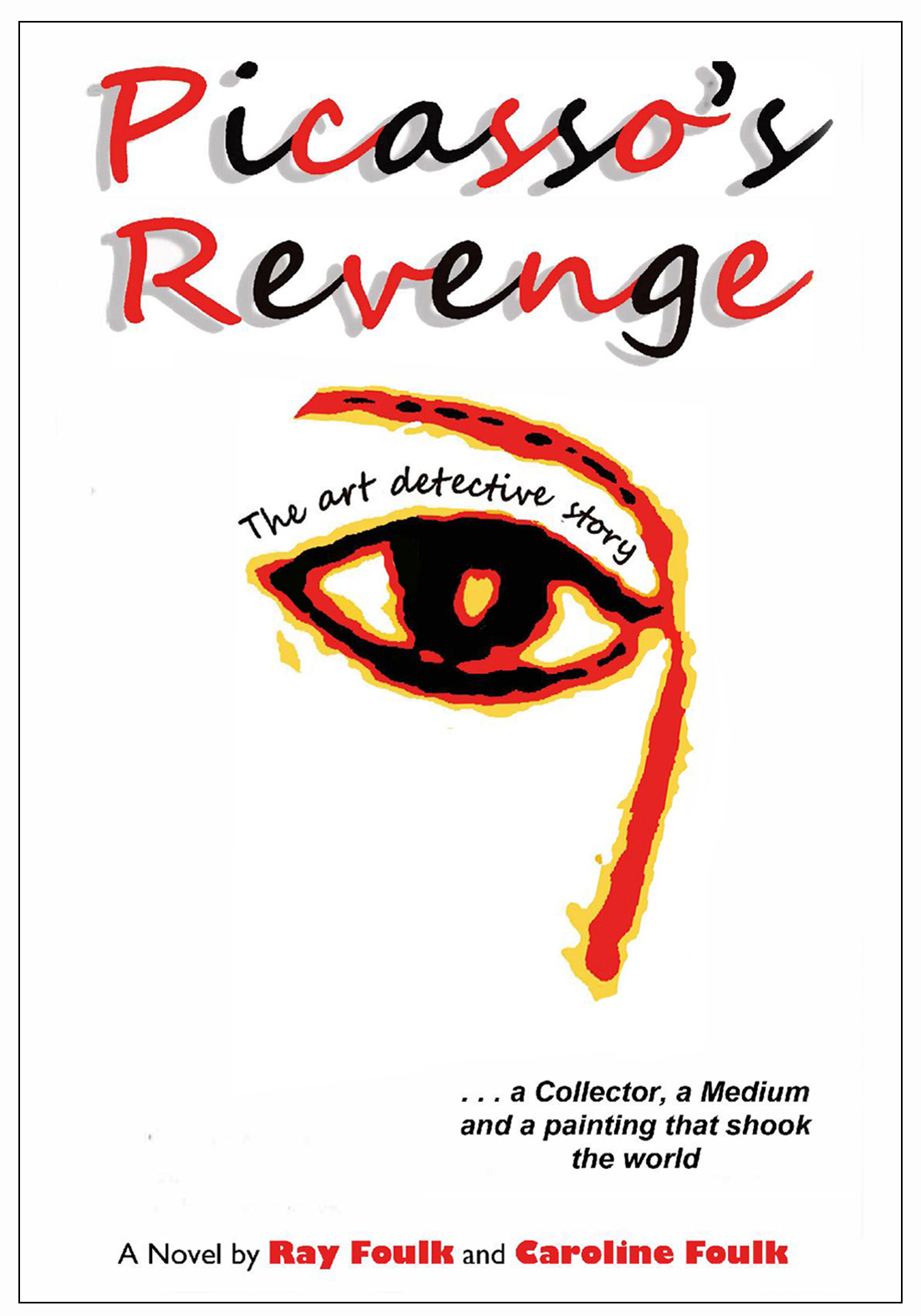Outskirts Press. 2010. c412p. bibliog.. illus. ISBN 978-1-4327-6611-5. $34.95. B004DERHDW (Kindle Edition e-Book). $12.99. Outskirts Press e-Book. $5.00.
In this generously- illustrated publication (more than 200 black-and-white reproductions), which is intended to serve as the “starting place” for the “study of Russian architecture” (Foreword, ii), Parvaiz, who owns a construction firm located in Brooklyn, NY (Riyaan Developers), takes readers on a historical tour of Russian architecture from medieval times (988 C.E.) to the present. In eight chapters, organized chronologically, the author describes structures built during various time periods and shows how they reflected the nation’s state of affairs. He presents a wide variety of buildings, including Russian Orthodox churches, gates, kremlins, monasteries, convents, palaces, squares, monuments, prisons, dormitories, hotels, government edifices, and apartment buildings. At each chapter’s end, Parvaiz provides brief biographies of prominent architects of the era and a glossary of seemingly unfamiliar terms used in the chapter. After chapter eight, the author sets forth three additional sections showcasing the synagogues and the religious buildings of Buddhist and Islamic denominations in Russia as well as the stylistic periods of Russian architecture. While Parvaiz’s text may be characterized as easy-to-read, “rich, compelling” (Publisher’s press release), and “evocative” (Foreword, ii), it may need to be better presented. Firstly, the last three sections of this book may be incorporated into the first eight chapters. Secondly, the architects’ biographies and glossaries may be consolidated as appendices. Architects’ names and glossary terms may be boldfaced in the text when they first appear, thereby alerting readers to their entries. Thirdly, this publication’s reproductions should be enlarged and presented in color, whenever possible. Fourthly, this book’s illustrations ideally should reference their sources in their captions or a list of illustrations with photographic credits should be included. Fifthly, a back-of-the book index and a selected bibliography that separates textual sources from photographic ones are crucial. Sixthly, footnotes or endnotes may be necessary, due to the relatively “enigmatic” (Foreword, i), unpublished (Author’s courtesy interview sheets) aspects of Russian architecture and its history. A detailed chronology would be welcome. Seventhly, chapters may need to be distinguished better in terms of their layouts and by means of numbered, clearly-delineated chapter headings. Finally, all grammatical, spelling, and/or typographical mistakes should be corrected. This book will be of interest to students, travelers, art lovers, general readers, history aficionados, and others. In light of the aforementioned, some libraries may want to carefully consider this publication. Review copy. Availability: Amazon.com, Amazon.com (Kindle edition), Barnes & Noble.com, Outskirts Press Bookstore














